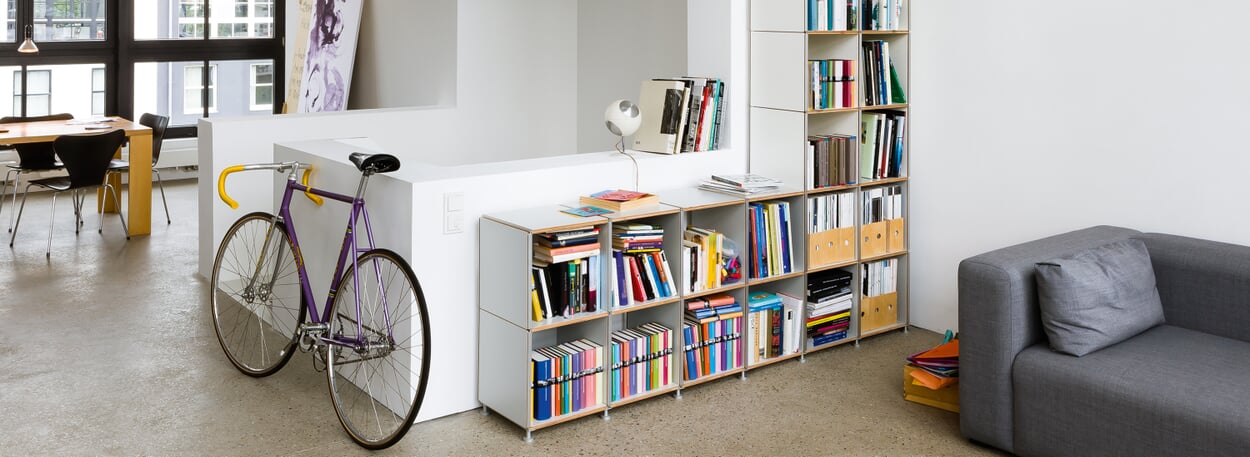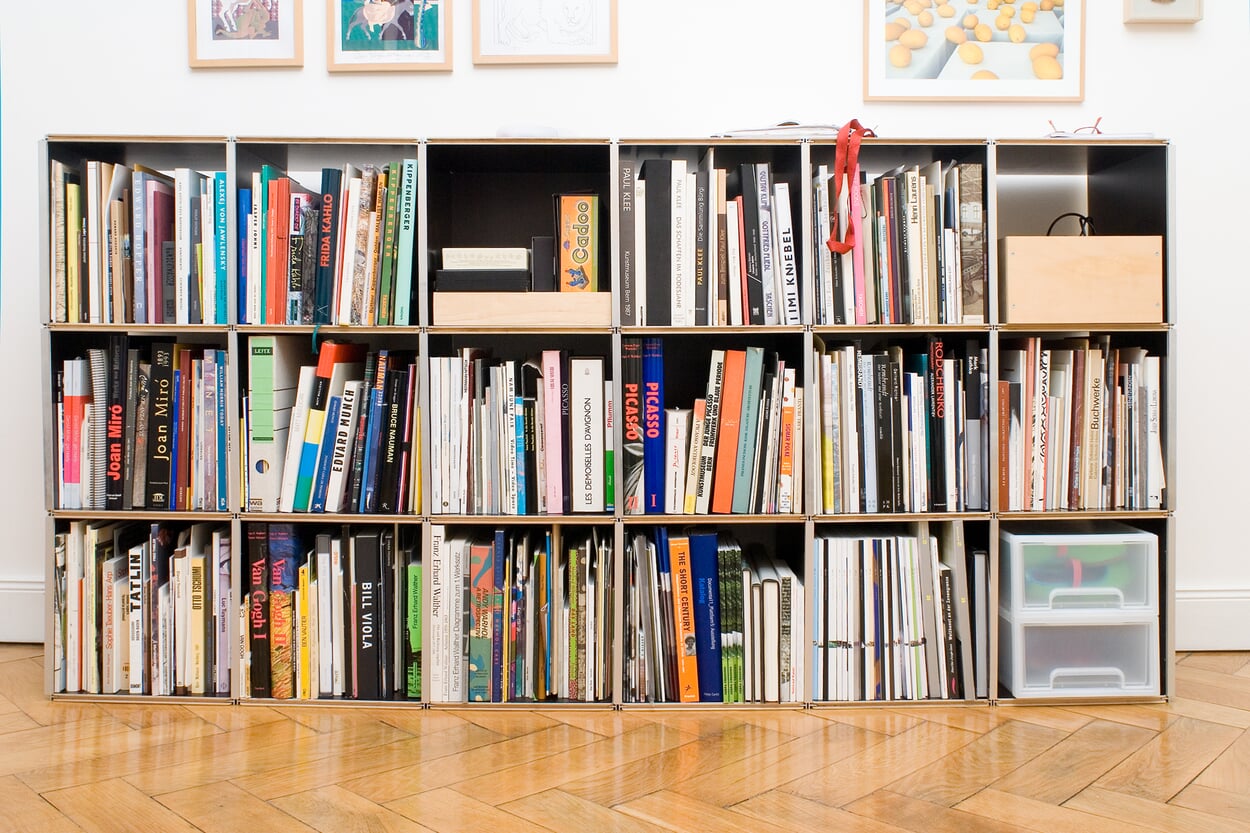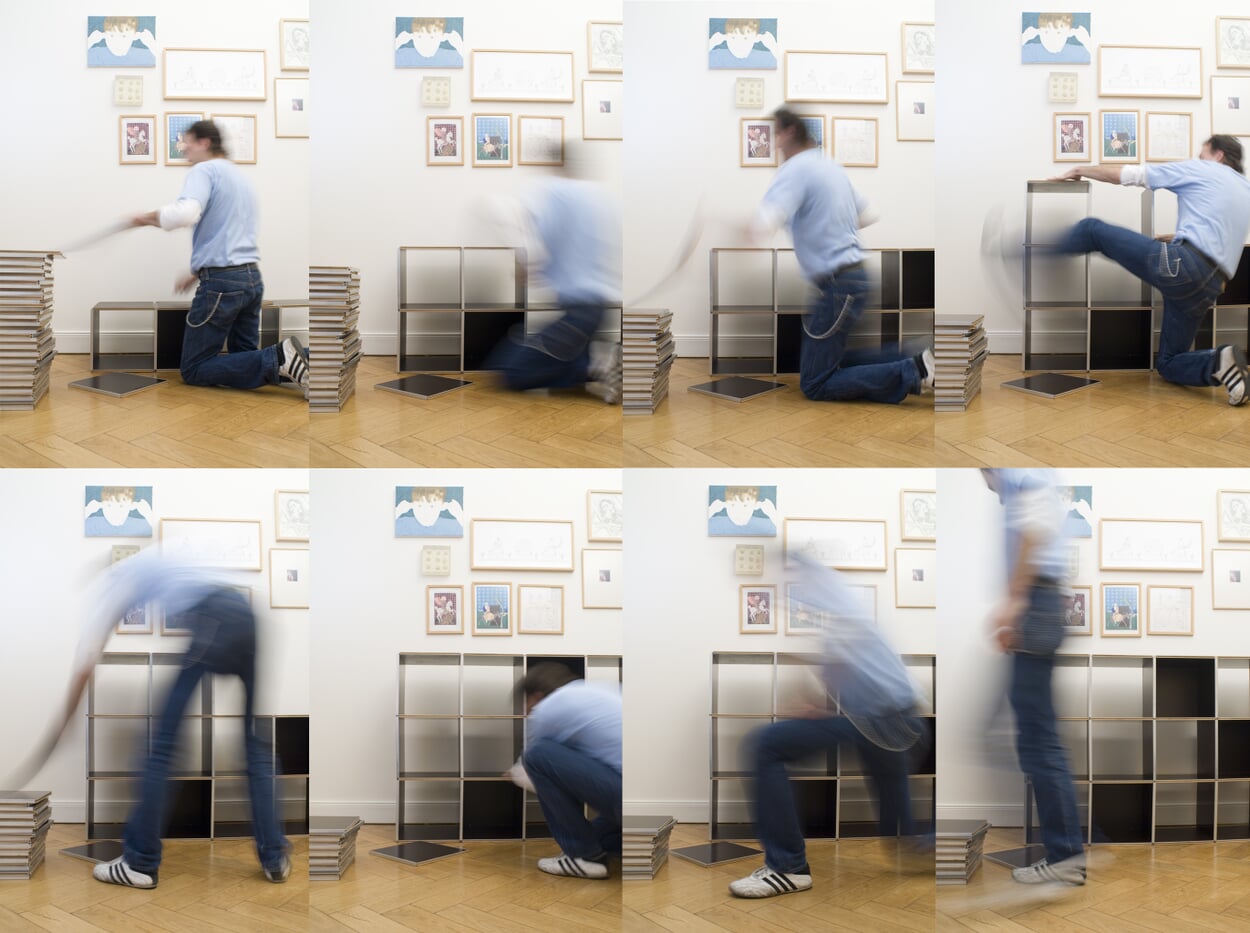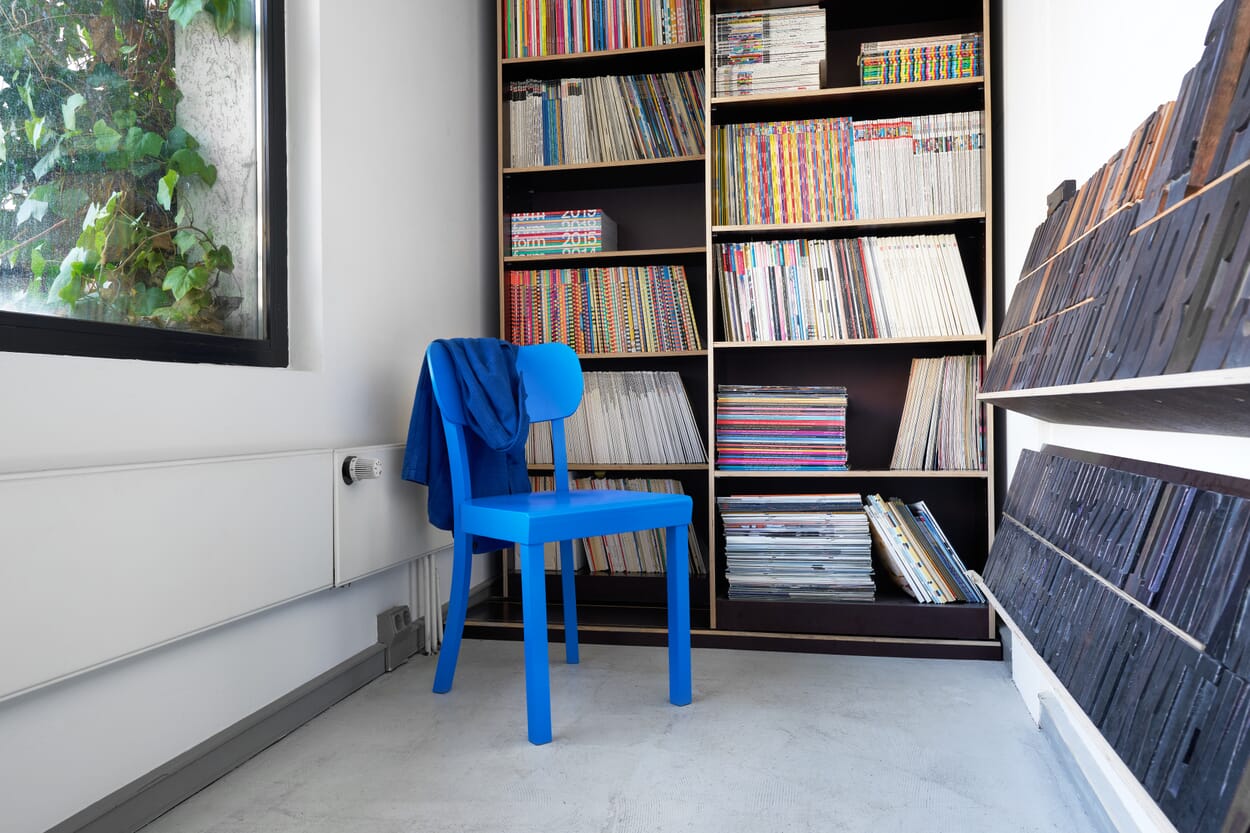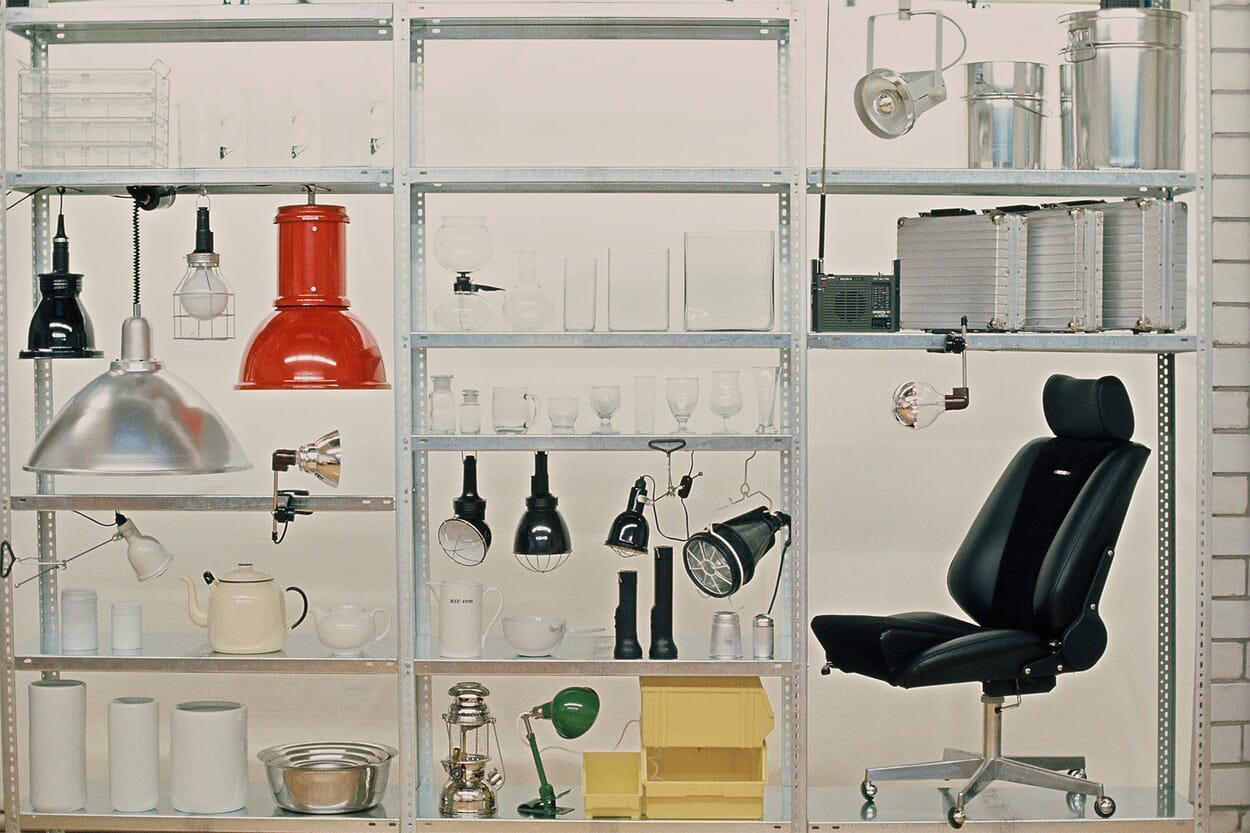DESIGN STORY(IES)
OF CASTLES IN THE AIR, WOODEN SHACKS AND DETERMINATION
Sketches of megastructures that spanned entire cities, meadows and coasts enriched the architectural debate worldwide in the 1970s. The drawings and collages by Yona Friedman, Kenzo Tange, Buckminster Fuller and Archigram are still fascinating today due to their radical ideas. Yona Friedman in particular, born in 1923, is not only a French artist and architect, but also a visionary. His manifestos "Architecture Mobile" and "La Ville Spatiale" were trend-setting.
Some people will think to themselves in their old, angled apartment: How good that the utopias were not realized. Others, like the designer Dominik Lutz, may have had the idea of developing a spatial structure themselves. There's no need to invent a new social structure at the same time. Dominik Lutz wants to flexibly structure living spaces with just a single system element. A modest goal compared to Friedman's ideals. Lutz is not interested in creating living space or founding colonies in outer space, but rather in organizing everyday life spatially in the simplest possible way. So simple, in fact, that a three-dimensional structure can be built with a single pane of glass. He was enthusiastic about a logical trick that could be used to construct numerous combinations of shelves and room dividers - without screws, drilling, nailing or gluing, but simply by interlocking a single component consisting of a plywood panel and aluminum T-profiles that fit together perfectly. With a view to marketing, his professor recommended MAGAZIN. His design was convincing, but after examining the production possibilities and costs, he was turned down: too expensive. It couldn't be, Lutz thought, and contacted the manufacturing companies himself, tinkering and mediating with the technicians there until MAGAZIN ordered the first thousand panels.
However, he had never imagined how many pitfalls lurked in the production of a square board.
Lutz, himself the son of an architect, is aware of the adversities that can get in the way between the initial idea and its implementation. However, even he had not thought it possible how many pitfalls lurk in the production of a square board. It all began when the original manufacturing company declared that it could no longer produce at the agreed price. At the same time, the bonding of the aluminum profiles came loose on a shelf that a customer had purchased. While MAGAZIN recalled the delivered panels, Lutz thought hard about an alternative joining method and had the previously glued aluminum profiles secured with filigree bolts. When the bolts fell out of the panels weeks later during the photo shoot for the catalog, Lutz went into the factory and examined every single production step until the cause was identified and eliminated: The tolerance for the production of the aluminium profiles was reduced; the now minimized dimension became part of the contract with the supplier. In the meantime, MAGAZIN has been meeting customer demand for 1HOCH3 panels for many years without any technical problems. Dominik Lutz, born in 1974 in Stuttgart, studied industrial design at the HfBK Hamburg and lives there as a family man and freelance designer. This text is an excerpt from the book "50 Jahre 50 Produkte - Designgeschichte(n) erzählt von MAGAZIN". Available now.
MAGAZIN1971
The book for MAGAZIN! 50 years of MAGAZIN encourages a special look at themes and products, stories and current affairs. Founded in Stuttgart in 1971, MAGAZIN has experienced and written history. Companions and contemporaries, product designers, customers and lovers of the brand have their say on what has happened. A collection of essays, e.g. by Sibylle Berg on "Schöner Wohnen" and Maxim Biller on "Erinnerungen von Morgen", meets contemporary topics on product design, design and furnishing. Supplemented by a special look at 50 exemplary products from the history of MAGAZIN. Including the popular and the little-seen, highlights and the inconspicuous, the favorite products of MAGAZINS and their background stories. 21x25 cm, 248 pages with many b/w and color illustrations, bound in fine linen Duchesse. Now available.
DISCOVER MORE
We are celebrating 50 years of enthusiasm for our products and selected range. Look forward to glimpses into our digital and analog shop windows.
In Stuttgart, 50 years ago, MAGAZIN was born. A store, an idea, a program formed an innovative company with stubbornness and perseverance.

